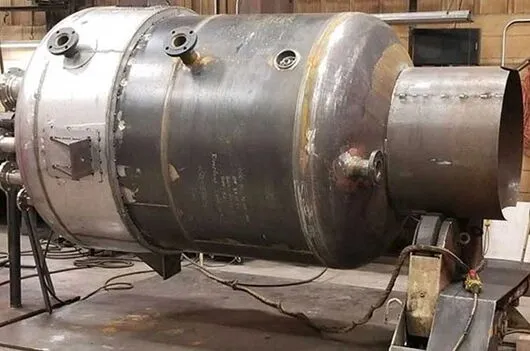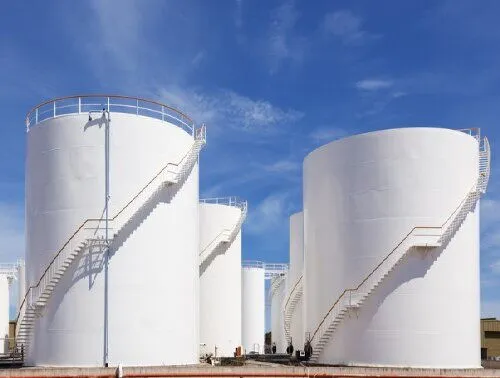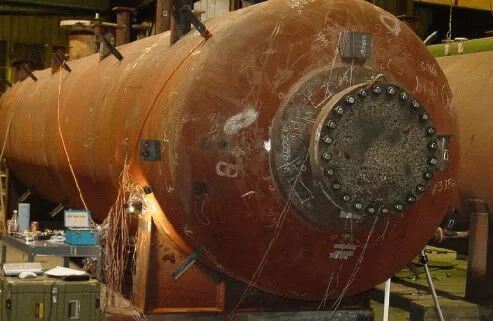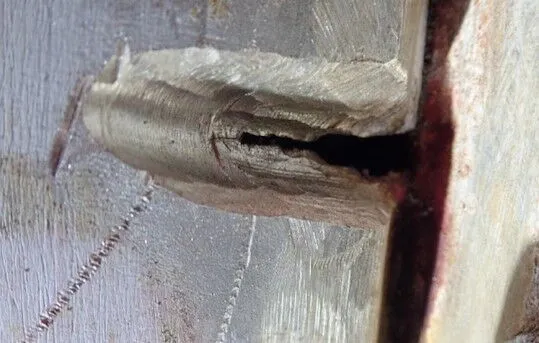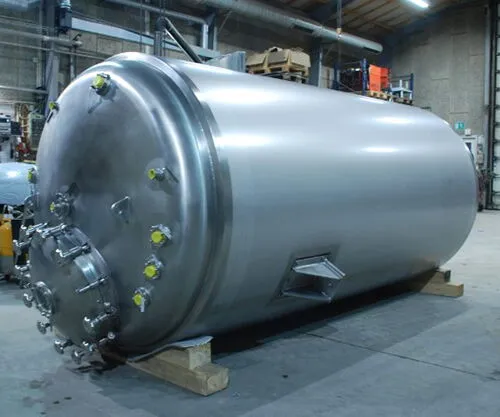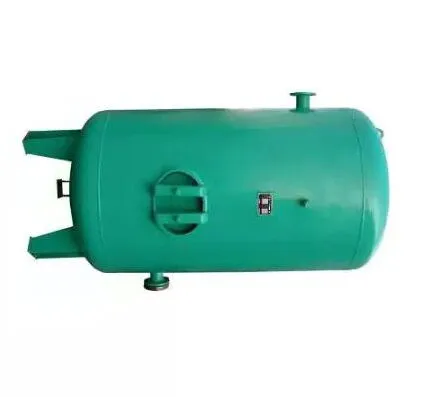Analysis of Residual Stress in Pressure Vessel Surface Layer
Pressure vessels are critical components designed to withstand high temperatures, pressures, and complex loads. The residual stress characteristics of their surface layers are crucial for ensuring operational safety, durability, and performance. Proper analysis and control of residual stress can significantly enhance the lifespan and reliability of pressure vessels. This article systematically explores the characteristics, impact, and optimization methods of residual stress in pressure vessel surface...

